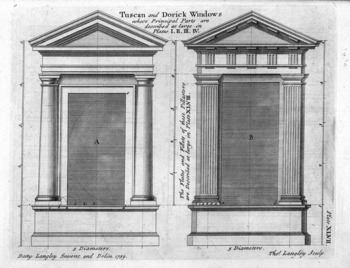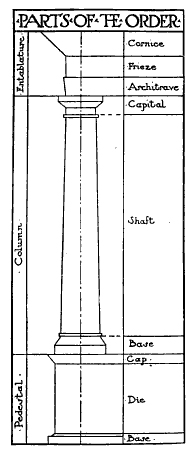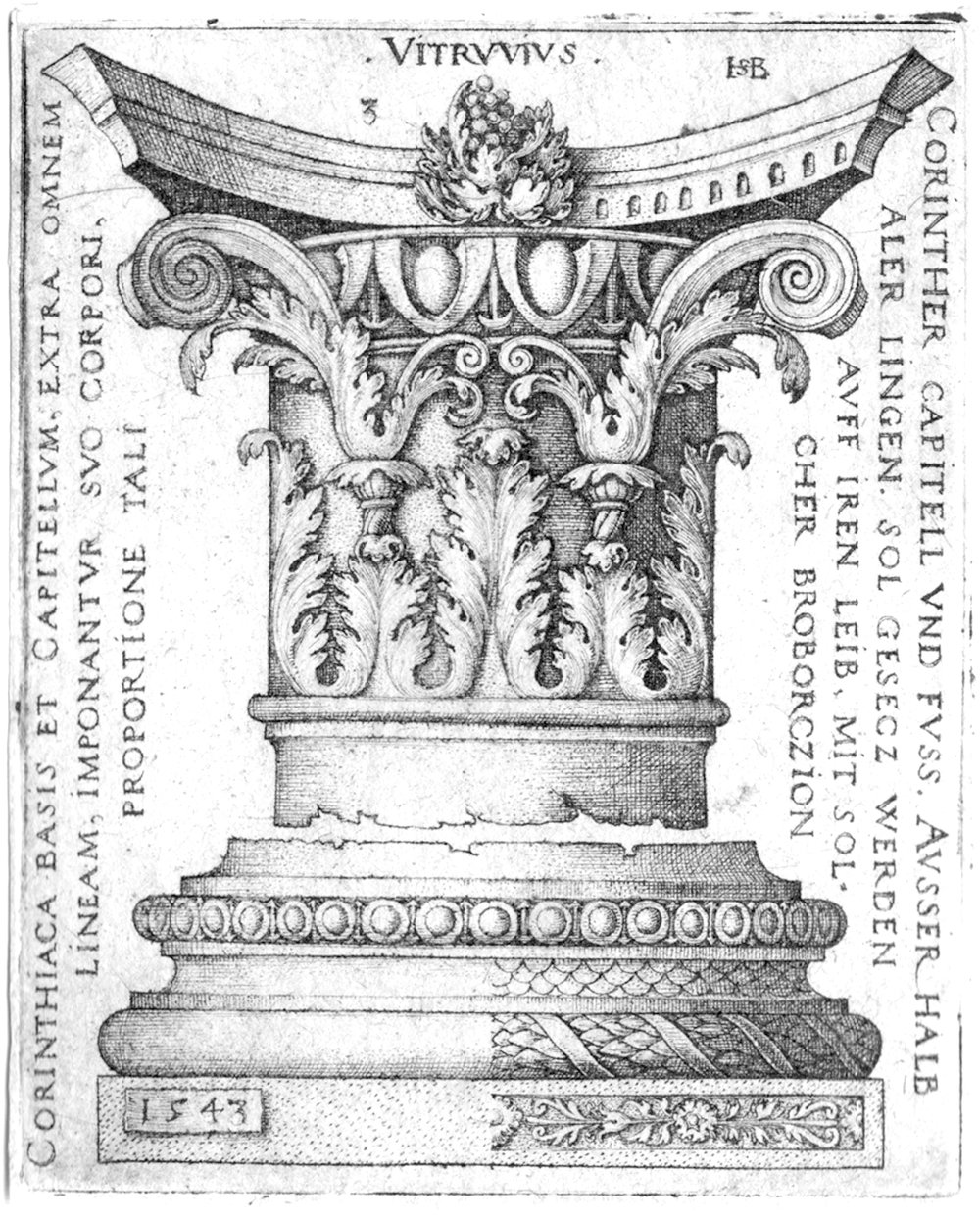
simple rule window details

shannon scarlett is the author of two architectural design composition books—simple rules—on timeless design concepts sometimes forgotten
each book includes 25 principles that architects have used over the centuries, sometimes millennia, to create enduring beautiful architecture
available on amazon, barnes and noble, apple, and other booksellers
SAMPLE RULES

How did the old-timers design so many beautiful buildings? What did builders know a hundred years ago that we have since forgotten? What rules were they following? What guidelines did they refer to?
Simple Rules is a collection of 25 of the basic concepts, design principles and rules of thumb that builders and architects used throughout history in the making of beautiful buildings. There is now a second volume in this series, Simple Rules: Building Elements with 25 more design principles, many of which focus on building elements, including, columns, windows, chimneys, stairs...
Editorial Review
"This thoughtful and thought-provoking little gem outlines 25 crucial design principles that the author believes have been jeopardized as domestic architecture has become dominated by developers. Scarlett, who runs an architecture firm in Wellesley, Mass., aims to “remind those in the building community that simple beauty and meaning… is still reproducible in new homes, and that many traditional building techniques are still applicable in today’s economy, and within current construction practices.” In this, she succeeds terrifically. Most of this attractively illustrated book consists of quotations taken from original sources published from the 16th to early 20th centuries..." Publisher's Weekly starred review
see other Amazon reviews of Simple Rules here
The Simple Rules builder handbook can be purchased at Amazon, iTunes, Kobo and bookstores like Barnes and Noble

proportions, detail and meaning

The universal function:
“from the absolute unities, whether endued with a masculine, or a feminine form, various orders of beings flow into the universe”
Proclus
The orders, and their universal function, according to Proclus:
“Since the cause of stable power and identity, and the leader [choregos] of being, and that which invests all things with the first principle of conversion, is comprehended in the masculine [Doric] order…
But that which generates from itself, all various progressions and partitions, measures of life and prolific powers, is contained in the female division [Ionic]…
Since the motion of the heavens imparts particular properties and powers, to particular things. But on the other hand earth receiving the celestial defluxions, becomes pregnant, and produces plants and animals of every kind…
[Thus] from the absolute unities, whether endued with a masculine, or a feminine form, various orders of beings flow into the universe.”
Orpheus, Thomas Taylor

“Other orders have elegance, have magnificence, but sublimity is the characteristic of the Doric alone.”
—E. Aikin Modern Architecture

Origins of the Corinthian capital, as relayed by Vitruvius:
“A Corinthian virgin of marriageable years, fell a victim to a violent disorder; after her interment, her nurse, collecting in a basket those articles to which she had shown a partiality when alive, carried them to her tomb, and placed a tile on the basket for the longer preservation of its contents. The basket was accidentally placed on the root of an acanthus plant, which, pressed by the weight, shot forth towards spring its stems and large foliage, and in the course of its growth reached the angles of the tile, and thus formed volutes at the extremities. Callimachus, …happening at this time to pass by the tomb, observed the basket, and the delicacy of the foliage that surrounded it.
Pleased with the form and novelty of the combination, he constructed, from the hint thus afforded, columns with capitals of this species about Corinth, and arranged their proportions, determining their proper measures by perfect rules.”